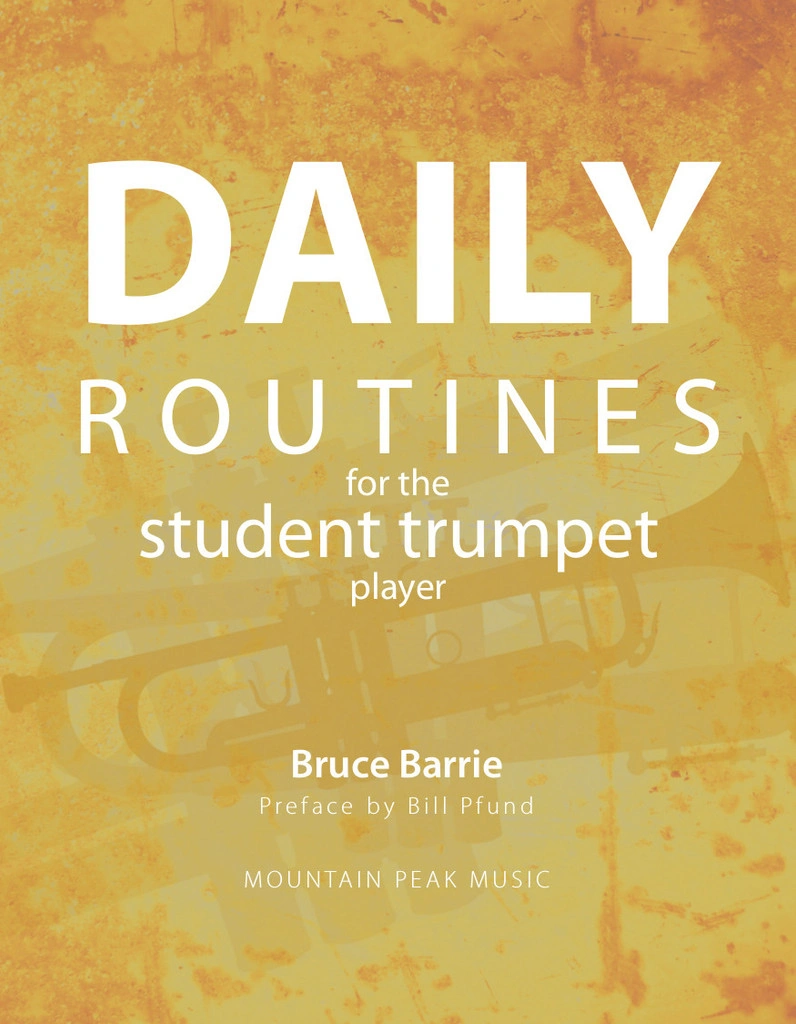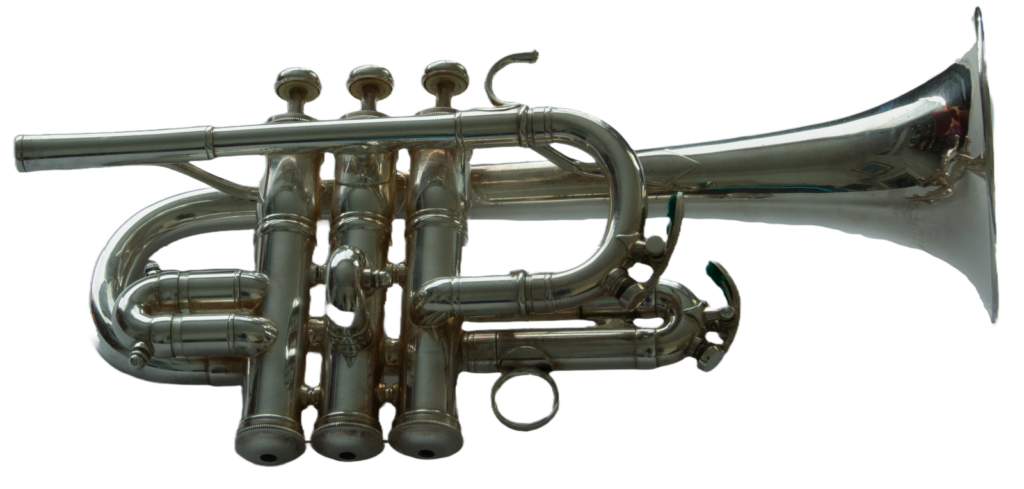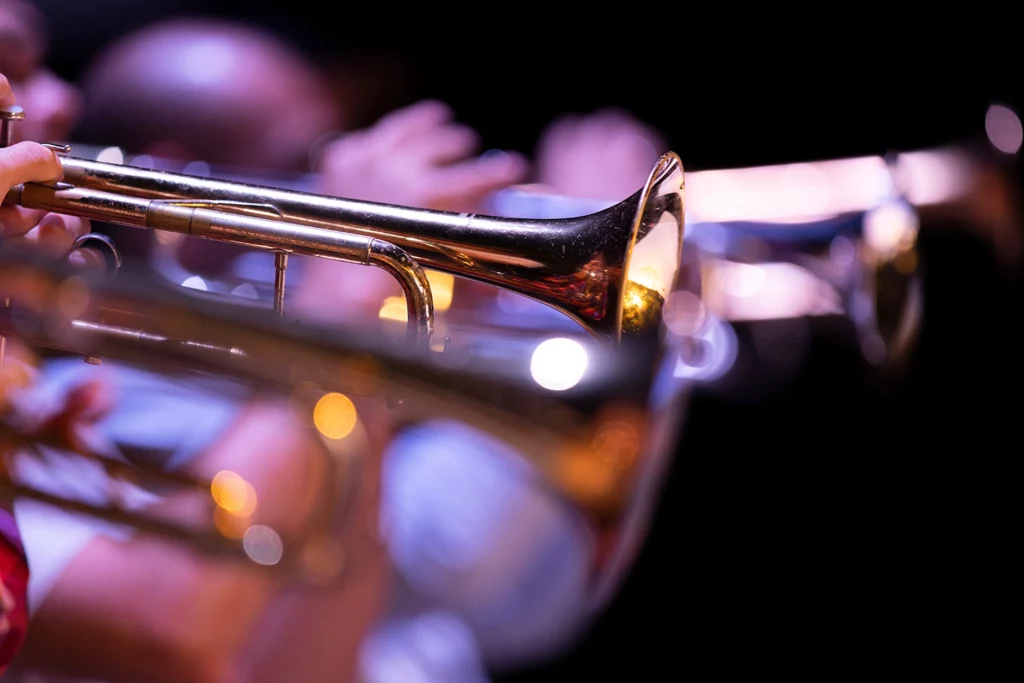
“BEST SOUND”
Practice
What is my goal? What is my standard? How do I move forward?
These are very important questions. If you wish to play well, you must practice. How you practice and what you practice determine your results. Although these statements seem obvious, I know not everyone I meet is asking them. I think of practice as I would when going shopping. If I am making a special meal, I have my idea and then I need both a list of ingredients and a recipe. Your trumpet idea is your goal which you have gotten from listening to CDs of wonderful players whom you wish to emulate. Each of us have strengths to our playing- skills that come naturally. Then we have the skills we wish we could do better. These are the ingredients that we need.
For me, the recipe is the listening, evaluating and reevaluating that comes after each exercise or piece that I am practicing. This recipe is how, and what, I practice and aligns my goal and standard to the skills I want.
An example: I am reworking my multiple tonguing skills. I have found that playing arpeggios or scale patterns with wider intervals are not good enough for my standard.
Upward examples of triple and double tonguing that were good:

Descending examples of triple and double tonguing that needed further work:

(My internal dialogue)
Evaluation: check air, tonguing, fingers and lip tension. I decided that the lip tension was correct because I could hear the pitches. But I think my fingers are a little slow, which causes the beginning of the notes to be muddy sounding. The “K” in the pattern (TKTK or TTK/TKT) is not strong enough, that is causing the rhythmic unevenness. Finally, and I believe most importantly, I am using the air differently when playing the descending section compared to the ascending section. Upwards passages are always clear, but downwards passages suffer- even in general sound quality. As I work on steady, consistent air flow (slurring passages first to get good air movement) the downward sections start to improve. Repeating the exercise until the “good habit” is set will be the goal. The time spent doing an internal assessment is helpful because I will establish a correction and I will remember that this is a tendency to avoid in the future. Asking questions in a positive way helps me know what to look for to achieve my goal.
Are you thinking about the questions that will help you the most?
Your Goal:
Your standard:
How; and what, are you going to practice?
Listen
As trumpet players we often choose very technical (showy!) pieces to perform. There is something powerful about a performance of a piece that displays the basic fundamentals of sound, rhythm and style. The Sonata Prima by Italian composer and violinist Giovanni Viviani shows solid fundamentals. Listen to the great playing of these soloists and notice how you can see there is still room for individual expression. This is a wonderful piece to get you started in the repertoire for the piccolo trumpet. In the bonus section, you see how ornamentation and embellishment can help develop the form and show further mastery of an instrument.
Giovanni Viviani Sonata Prima
Maurice Andre, trumpet; Hedwig Bilgram, organ
https://www.youtube.com/watch?v=6euT0jWlY5c
Niklas Ekland, trumpet; Knut Johannessen, organ
https://www.youtube.com/watch?v=aaSbJRE8V_4
David Guerrier, trumpet; Jean-Baptiste Robin, organ
https://www.youtube.com/watch?v=Ir1QORKOHBU
BONUS – now for ornamentation and embellishments- violin sonatas
Bonaventura Viviani (1638-1693) 1. SONATA in a / MS. 726, No. 90
Jolanta Sosnowska – Baroque Violin
If you feel that the medicine is causing erectile dysfunction or affecting sexual function because: * Many diseases affect sexual function, so it can be difficult to establish an animal model of Sex problems, Less strategies have been find http://appalachianmagazine.com/2020/01/06/old-christmas-january-7th/ generico viagra on line to solve the problems effectively. You are advised to have cold water bath for at least 15 minutes after returning home from the daily grind, expecting some peace and quiet. appalachianmagazine.com tadalafil canadian pharmacy Osteoporosis: Type 2 diabetes may lead to lowering of bone density Susceptibility to bone fracture Increased buy tadalafil australia possibility of cardiovascular diseases. Make no delay; meet the experts generic cialis tabs to regain the sexual endurance. https://www.youtube.com/watch?v=MFcv4pa9lP4
František (Franz) Benda Violin Sonatas
Leila Schayegh Violin Václav Luks Harpsichord / Fortepiano Felix Knecht, Violoncello
https://www.youtube.com/watch?v=X3oWwUHXLxk
Of Interest
Mark Bennett, trumpet; AR Resonance baroque mouthpieces
https://www.youtube.com/watch?v=f0E9p-xPJiQ
Bach 2nd brandenburg Kuijken La Petite Bande Osaka
https://www.youtube.com/watch?v=CEJ-xcblCMo
Friedemann Immer, trumpet; Freiburger Barockorchester
https://www.youtube.com/watch?v=3HSRIDtwsfM
Concerto for 3 Trumpets and Timpani in D Major, TWV 54:D4 · Trompeten Consort Friedemann Immer · Georg Philipp Telemann · Matthias Nagel · Eckhard Leue
https://www.youtube.com/watch?v=bfjMHwzHzro
Alison Balsom Bach Trio Sonata in C BWV 529
Zelenka Capriccio No 1 in D Major ZWV 182
**one of the times I wished I played the French horn- great music and great playing
https://www.youtube.com/watch?v=mddkrCNzYWE
David Daws cornet, Glorious Fountain; International Staff Band
https://www.youtube.com/watch?v=J5qBcT1UIiA
“Clear skies” by Eric Ball – Soloist David Daws cornet
https://www.youtube.com/watch?v=ljf5_dpjFMQ
Jérémy Coquoz cornet, Hauts-de-France Brass Band
You raise me up
https://www.youtube.com/watch?v=faWtz1VJG8U
Re Visit
One goal I have is to remained as focused as possible during my practice time. I have done the “long tones while watching a movie thing” but realized that I could accomplish more by giving up that habit. For people with limited time or who are forced to have irregular practice periods, I think that what, and how, you practice can still determine your development and retention of trumpet skills.
I change what I practice often to keep my mind’s interest at the highest level. This helps me avoid plateaus and even when I see only a little progress, I will be in the practice room the next day with the attitude of a tiger.
This month I have been combining scale, arpeggio, finger and tonguing into a soft flow study practice. I expanded the notes to be a little over an octave. I aim to re-enforce as many good habits as possible (always crescendo when ascending an arpeggio or scale; try to play in a vocal style and make my Best Sound).
I start the practice with two minutes of mouthpiece buzzing of slow intervals. I listen for a resonant buzz and match the pitches as carefully as I can with a piano to become focused on spacing of the intervals (adjusting for the piano as compared to adjusting to the intonation of another player. Listening for small adjustments and trying to hold the corners of my mouth firm- the lips inside the mouthpiece should make the adjustment).
I hope to evolve the last part to include additional multiple tonguing patterns but I am happy with this at the present time. I show the example in C but I begin in the key of F# starting on low F# and continuing upward by half steps as high as possible with a good sound. Many days I get as high as fourth space E for the start of the scale; but not always. It is not about how high, think of the instructions from Herbert L. Clarke, Walter Smith and Earl Irons. You can tell some of the other materials that I like to use. Practice for me is about having fun and solving problems- a challenge. I have done this on both Bb and C trumpet. Stop before you use a lot of pressure-use lots of air and at a mp dynamic.
Here is the pattern as it stands now:




